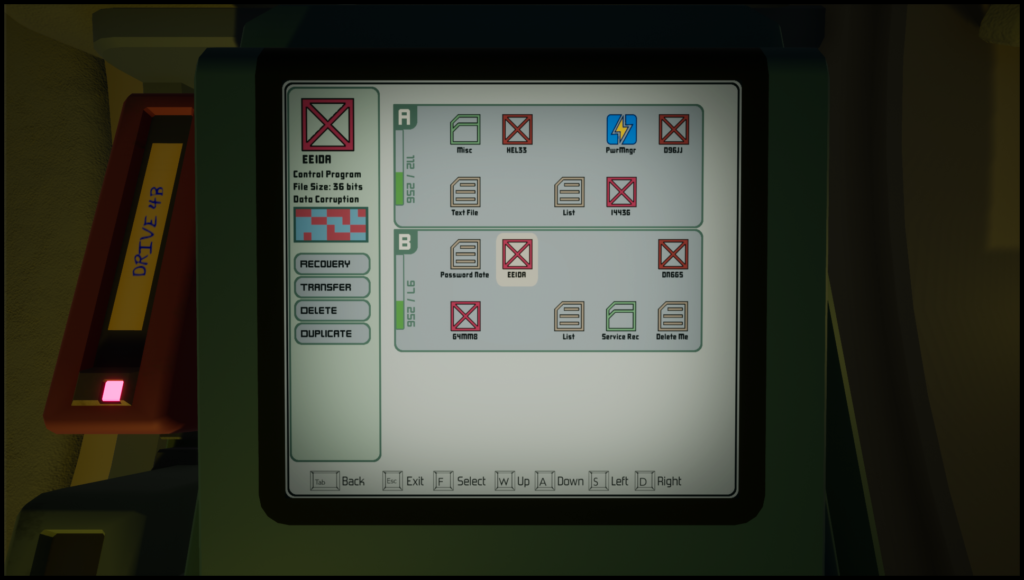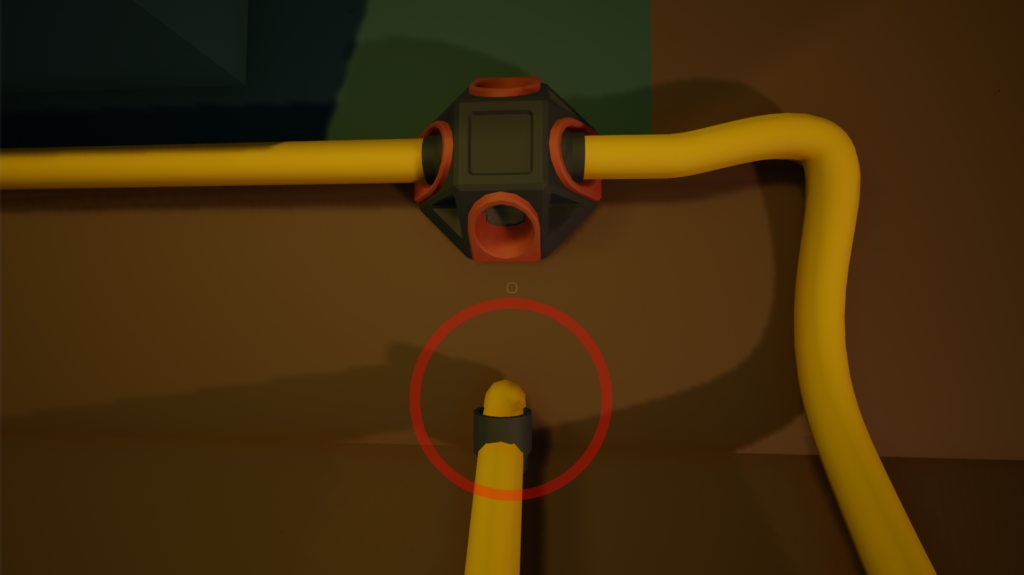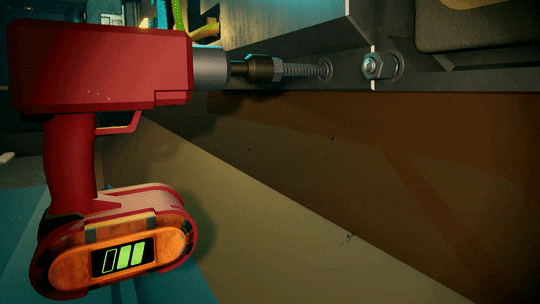Good news everyone! The project got funding! From Epic! The title is a pun!

I’m so happy for the flexibility this offers me and I’m very grateful to the great folks at Epic that made this happen for me. If you’re reading this: Thank you, I’ll be keeping in touch.
Oh! The screen above shows a mock-up of the exterior of the new asteroid map. That’s the version 5 ship. I wish I could say it’s the final but I’m already seeing stuff that may need changes. I gutted the whole interior and rebuilt it with the new gameplay in mind (detachable panels)
Will be working more on the ship later on. Current goals are fleshing out core gameplay: Atmosphere control and farming (Oh buddy we’re gonna get space farms.)
Was sad to see the Printer gone from the ship but that mechanic would have to be end game content anyway. Maybe later??
Considering how to reuse the Blueprint card models and I think I can re-purpose them in connection with the computer hard drives. Given how I’ve piggy-backed the power network to function and a network connection (in the power manager program) I think I can setup more items and systems to require a hard drive with “software” installed. Really expands that whole system.

I’ve been wondering if including viruses would be too brutal to gameplay. Depending on outcome it could be a tactical move. At some point I will be adding locked doors and then reaching resources will start to become the multi solution puzzle I want the game to be.
Oh and I fixed the power conduit generation! (I broke it to fix part of it and then fixed it again) I solved some long standing bugs that I had been dealing with for a while and didn’t understand. It still have a few small bugs which I have chosen to ignore for now (forever).
I’m looking into if I should leverage the conduits for water/liquid transfer as well and I think it’s a good idea gameplay wise but there’s some conflicts with generation and that is a system I would rather not break again or add more to (it’s slow). I think I can limit the scope of it to a small area and allow the player to expand on it on their own. win win.
I mentioned the exterior (rocky) part of the station was placeholder? I’d like the option to have a spacesuit that can be used to exit into vacuum (both decompressed rooms and outside) For this to be worthwhile I need each map to generate differently. I have my eye on a few new features to Unreal which might be workable. Ultimately I need to be able to dynamically build meshes so they smooth out and allow the interior tunnels to punch out dynamically. This whole thought is for later but I thought I’d share it.
Ok bye!
-Peter





